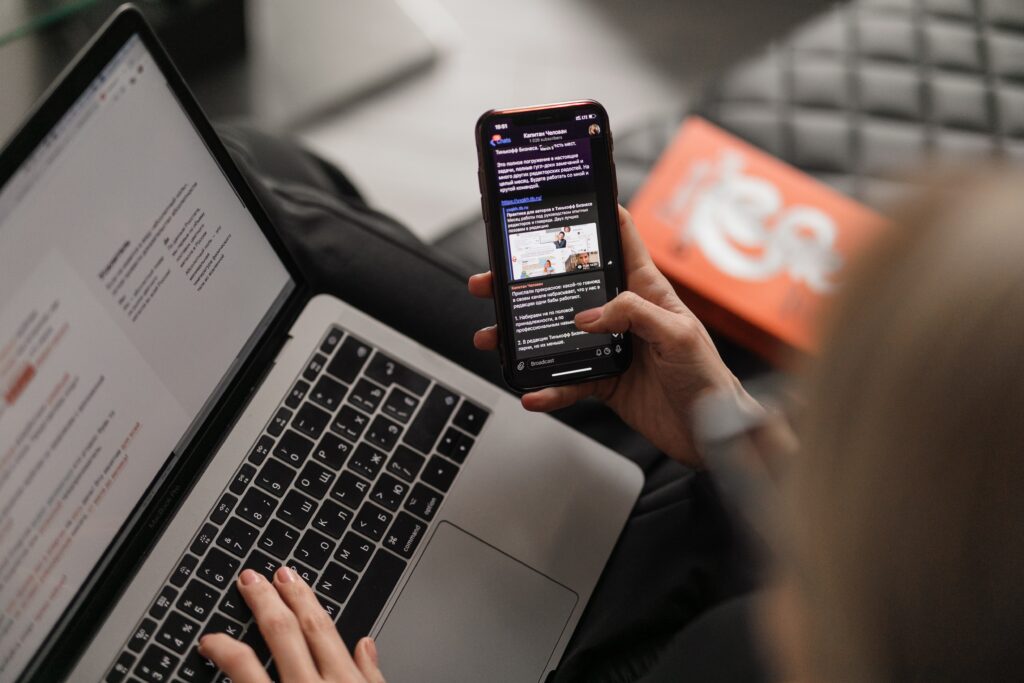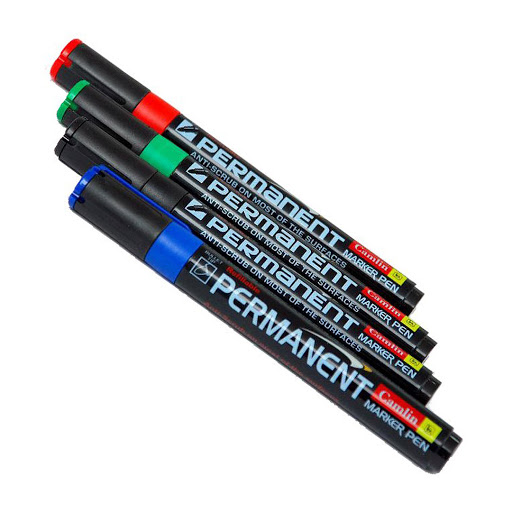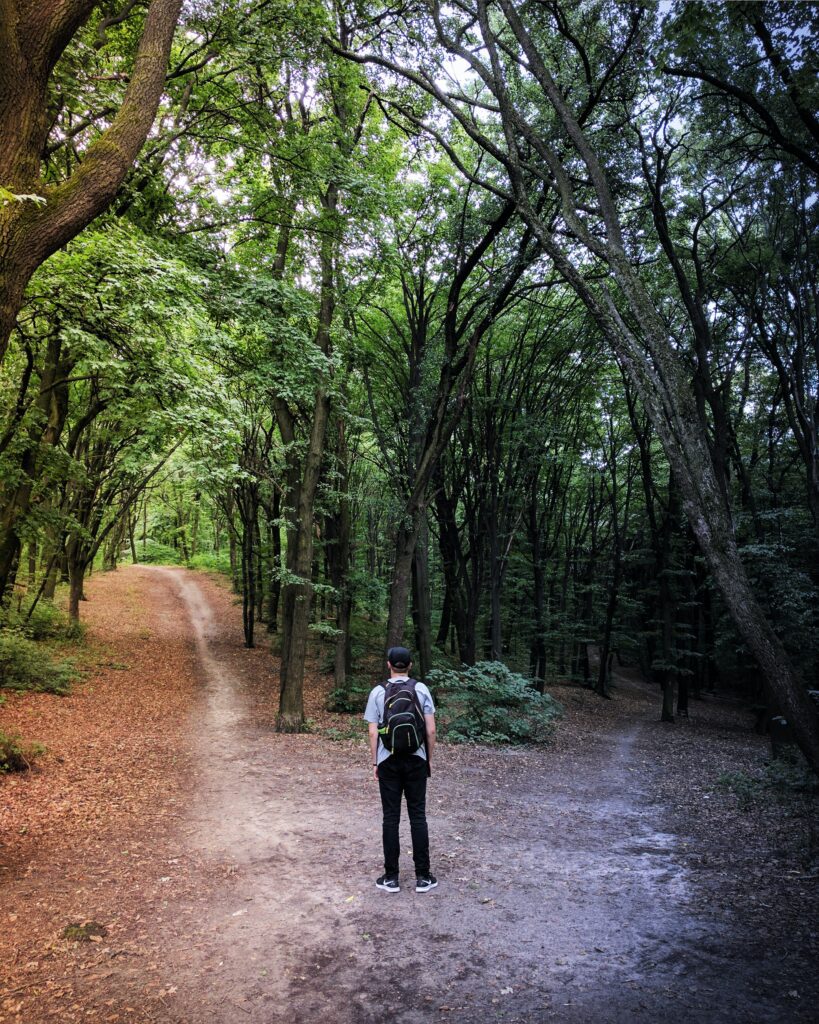Selling the Dream Before the Product: Creating Hype and Winning Customers

Creating a buzz before your product is ready builds a customer base and a community of excited fans, especially in today’s attention economy
What do Liquid Death, Ola Electric, Tesla, Dropbox, Nothing, and Apple have in common? In the business world, creating excitement before the product even exists can often lead to success rather than having a flawless product. From viral videos to pre-orders, companies leverage pre-launch hype to secure massive customer interest.
Here’s how some brands, both Indian and international, pulled it off with brilliance.
Liquid Death: Selling the Story Before the Product
The Strategy:
Sometimes, the product doesn’t need to be ready—the story has to be strong. Liquid Death, a canned water brand, proved this with a viral marketing strategy focused more on attitude than hydration.
The Tactic:
In 2017, founder Mike Cessario released a shocking and comedic video called “Liquid Death’s Disgusting Killer Commercial.” The video had nothing to do with the product but was outrageous enough to go viral. It amassed millions of followers and collected 20,000 email addresses. The hype turned into $3 million in sales when the product was available.
Lesson:
Sell the story and the attitude before selling the product. If people buy into the brand, they’ll be ready for the product whenever it arrives.

Ola Electric: Making Waves Before the Launch
The Strategy:
Create anticipation and encourage pre-bookings even when the product is not available.
The Tactic:
Ola Electric announced its electric scooter well before it hit the market. The company’s charismatic CEO, Bhavish Aggarwal, shared updates on social media, sparking excitement. With a nominal booking fee, Ola secured over 1 lakh pre-orders in 24 hours. The buzz continued with teasers, behind-the-scenes footage, and glimpses of the scooter’s features.
Lesson:
Use strategic teasers and low-commitment pre-orders to create a sense of urgency.
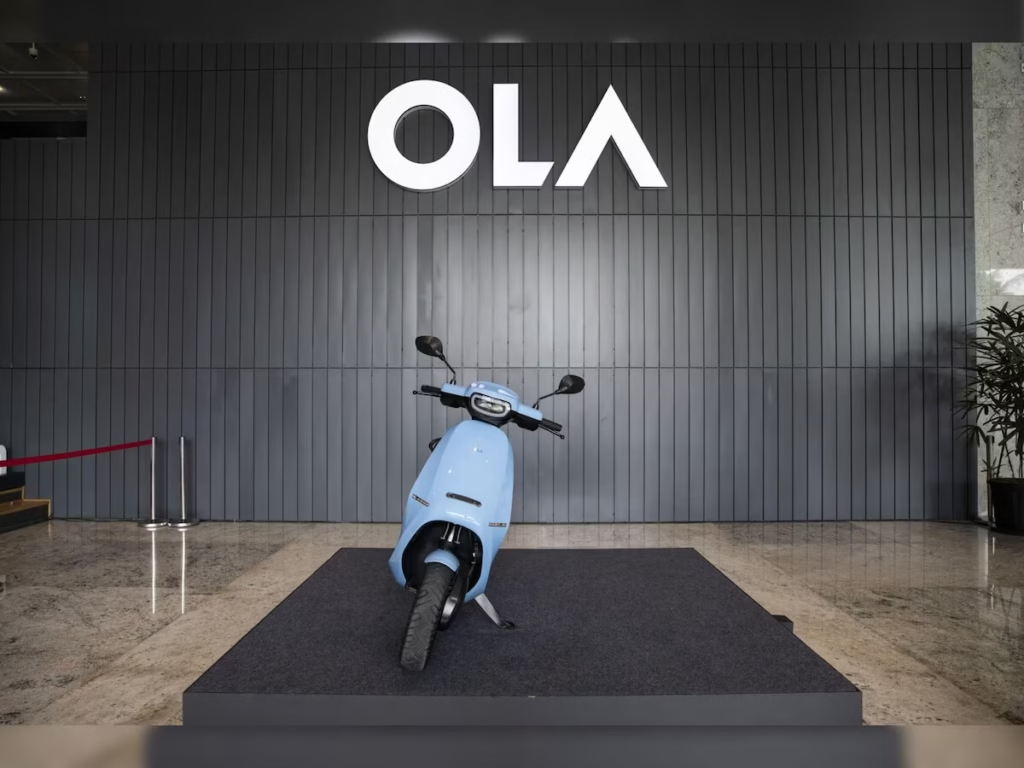
Dropbox: The Power of a Simple Explainer
The Strategy:
If your product is complex, make it simple and relatable before launch.
The Tactic:
Dropbox’s founder, Drew Houston, created a basic explainer video months before the official launch. It showcased how Dropbox could seamlessly sync files—something new at the time. The raw, simple video was enough to generate a waiting list of 200,000 people. That early excitement contributed to Dropbox’s growth into a $7 billion company.
Lesson:
Don’t overcomplicate your message. Simplicity can spark curiosity and anticipation.
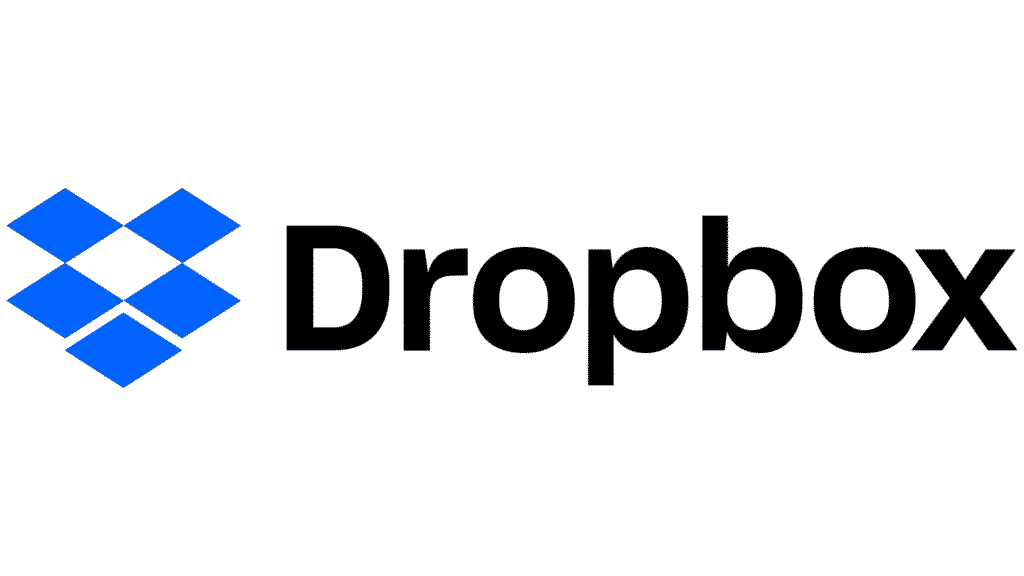
Tesla Cybertruck: Bold Announcements and Pre-Orders
The Strategy:
A bold reveal can attract attention and generate orders even if your product is not fully ready.
The Tactic:
In 2019, Tesla unveiled the futuristic Cybertruck in a dramatic event in which the supposedly unbreakable windows shattered. While it seemed like a PR disaster, the buzz was undeniable. Elon Musk announced pre-orders with a refundable deposit, and within a short time, 1.5 million people signed up—equivalent to $59 billion worth of trucks if fulfilled.
Lesson:
Don’t be afraid to make bold promises and collect pre-orders—even if the product is still a prototype.

Patanjali: Announcing Before the Rollout
The Strategy:
Build hype through media coverage and public announcements before the product hits the shelves.
The Tactic:
Patanjali frequently announces new products at large press conferences, where founder Baba Ramdev endorses the offerings himself. For example, when launching the Patanjali Coronil kit during the pandemic, the announcement generated massive media attention and initial sales despite controversy.
Lesson:
Use the founder’s persona and strategic announcements to build early hype and ensure immediate sales.

Nothing Ear (1): Generating Curiosity Through Social Media
The Strategy:
When your product is in a crowded market, make the anticipation part of the brand identity.
The Tactic:
Nothing, a tech startup founded by Carl Pei, revealed minimal details about its Ear (1) earbuds before launch. Instead, they posted cryptic social media teasers and collaborated with influential tech creators. The buzz was immense when the earbuds dropped, leading to a rapid sell-out.
Lesson:
Sometimes, less is more. Creating mystery and intrigue around your product can amplify curiosity.

Apple iPhone: Creating the Hype Machine
The Strategy:
Hold back product details until a grand, meticulously planned launch.
The Tactic:
Apple excels at keeping new iPhone features under wraps while letting leaks subtly fuel speculation. Then, during the official keynote, the reveal feels monumental. The anticipation alone drives millions of pre-orders every year.
Lesson:
Control the narrative by leaking just enough to build hype without giving everything away.

The Takeaway: Build the Hype First, Sell Later
The common thread in all these stories is simple: Don’t wait for perfection. Build hype early and engage your audience long before the product is ready.
- Create curiosity with storytelling (Liquid Death).
- Leverage teasers and pre-orders (Ola Electric).
- Simplify complex products for early adoption (Dropbox).
- Be bold, even if imperfect (Tesla).
- Use the founder’s voice for credibility (Patanjali).
- Generate intrigue through minimalism (Nothing).
- Maintain secrecy and control the reveal (Apple).
Creating a buzz long before your product is ready builds a customer base and a community of excited fans. In today’s attention economy, that’s a strategy worth pursuing.

